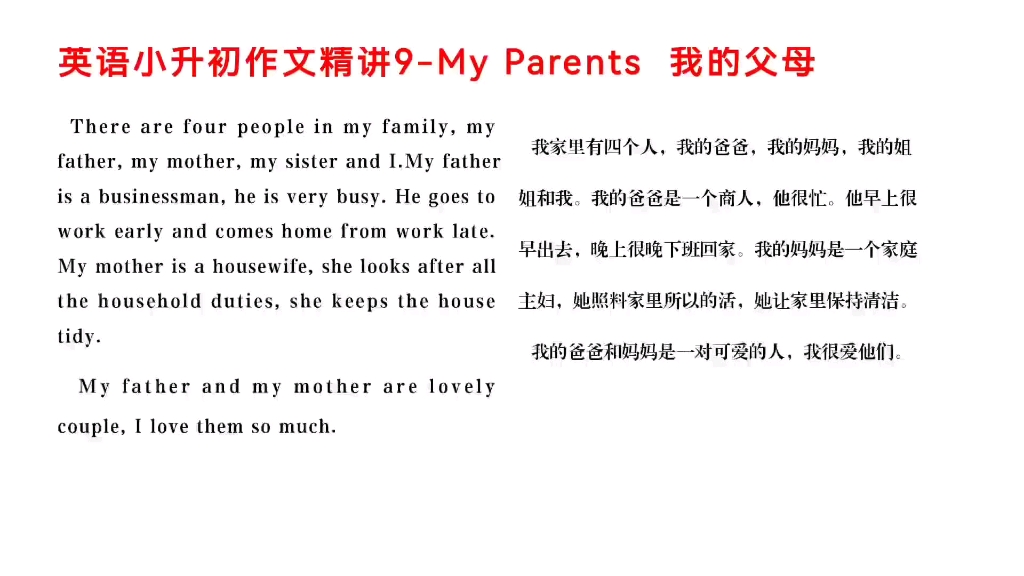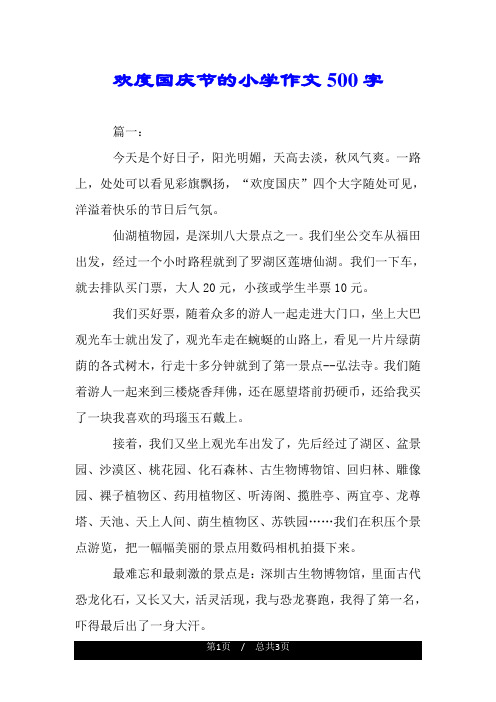春节活动英语作文(Spring Festival Activities English Essay)
Spring Festival, also known as Chinese New Year, is the most significant traditional festival in China. During this festive period, a wide range of activities take place, adding joy and vitality to the holiday atmosphere. In this essay, we will explore some typical Spring Festival activities and their significance.

Firstly, family reunions are the core of the Spring Festival. People who work or study far from home rush back to gather with their families. It's an opportunity for family members to share their experiences over the past year and express their care and love for each other. For example, in my family, my parents always prepare a sumptuous dinner on the eve of the Spring Festival. We sit around the table, enjoying the delicious food and chatting happily. The elderly tell stories about the past, while the young ones share their achievements and aspirations. This gathering not only strengthens the family bond but also provides a sense of warmth and security.
Secondly, cleaning and decorating the house are essential tasks before the Spring Festival. People believe that a clean environment brings good luck. They clean every corner of their homes, wash windows, and sweep away the dust of the old year. Then they decorate their houses with red lanterns, Spring Festival couplets, and paper-cuttings. Red is considered a symbol of good fortune and joy in Chinese culture. The decorated house creates a festive and auspicious atmosphere. I remember last year, my grandparents and I worked together to paste the couplets on the door. We carefully aligned them and made sure they were firmly attached. The bright colors and meaningful words on the couplets added a lot of charm to our house.
Thirdly, setting off fireworks and firecrackers is a traditional custom during the Spring Festival. It's believed that the loud noise can drive away evil spirits and bring peace and prosperity in the new year. On the eve of the Spring Festival, as night falls, the sky is filled with colorful fireworks. Children especially enjoy this activity. However, due to environmental and safety concerns, the use of fireworks has been restricted in many places in recent years. Instead, electronic fireworks have become popular, which can create a similar visual effect without causing pollution.
Fourthly, giving and receiving red envelopes is a popular tradition among both the young and the old. Elders give red envelopes containing money to children and young people as a token of blessing and good luck. The money in the red envelope symbolizes wishes for health, success, and happiness. When I was a child, I eagerly looked forward to receiving red envelopes from my uncles and aunts. It not only brought me financial luck but also made me feel loved and cared for. Now, as an adult, I also give red envelopes to the younger generation, passing on the blessings and hopes.
In addition, there are various cultural activities during the Spring Festival. Temple fairs are held in many cities and towns. People can enjoy traditional performances such as lion dances, dragon dances, and folk music. There are also numerous stalls selling local delicacies, handicrafts, and souvenirs. These activities not only preserve traditional Chinese culture but also provide entertainment and fun for people of all ages. I once visited a temple fair near my city, where I watched an amazing lion dance performance. The dancers' skillful movements and vivid expressions left a deep impression on me.

In conclusion, Spring Festival activities are rich and diverse, encompassing family reunions, housecleaning and decoration, fireworks, red envelopes, and cultural events. These activities not only add joy and excitement to the holiday but also carry profound cultural connotations and values. They serve as a way for people to express their love, blessings, and respect for traditional culture. Through these activities, the Spring Festival has become a time for family affection, cultural heritage, and social harmony.




